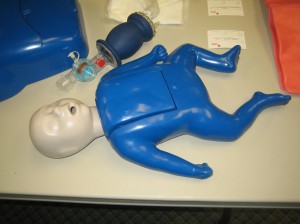Grande Prairie First Aid is one of workplace approved training affiliates in Grande Prairie, Alberta. With top-tier training programs, students receive quality lessons from workplace approved trainers. There is a large selection of available schedules, offered even during weekends and evenings. All classes are available for the cheapest rates as well. Compared to other providers, you get the best offers at Grande Prairie First Aid.

Getting started with enrolment
Enrolment and tuition fees
Enrolment is quick and simple. There are several methods that are offered to prospective trainees: internet, telephone call, and walk-ins. Through the internet, students can send e-mails or use the application form on the provider’s website. If you plan on enrolling through telephone calls or walk-ins, please do your business during operating hours only.
Unlike most providers in the city, Grande Prairie First Aid allows trainees to pay tuition fees and additional expenses during enrolment or before the start of formal training. Trainees are usually concerned with the amount of additional expenses that training incurs. During enrolment, the total fees settled include tuition, taxes, certificates, and manuals, even registration with workplace approved.
During drop outs or if the program is not completed, students are entitled to full refunds as long as the provider staff was informed at least 3 days beforehand.

On with training
The CPR training programs offered by Grande Prairie First Aid are usually taken by trainees who need first aid certification because of work requirements or school requirements. The program teaches students how to perform basic cardiopulmonary resuscitation and how to use automated external defibrillators.
Students can choose from three categories of CPR training: A, C, and HCP.
- CPR A teaches students cardiopulmonary resuscitation on adults; 4 hours
- CPR C teaches students cardiopulmonary resuscitation on adults and children (infant CPR, toddler CPR); 5 hours
- CPR HCP is the same as CPR C but is targeted towards health care providers; 6 hours
Topics that are commonly discussed in the CPR lessons are:
- ABC injuries (injuries that can affect airway, breathing, and circulation)
- AED use
- Chest compression variation among age groups
Certificates and validity
All students are awarded certificates from workplace approved upon completion and passing any of the programs. The certificates are small, wallet-sized cards that expire after 36 months (3 years). This provider does not renew expired certification so students are required to have signed up for a recertification program to retain the card’s validity.
Recertification for CPR is available throughout the week as well, at various schedules. The program is 4 hours long for CPR C and HCP. Currently, there is no recertification program for CPR A.
Did You Know?
Bell’s palsy signs and symptoms
Bell’s palsy is a condition where half or one-side of the face droops due to damage to the nerves that supply the face. Symptoms include:
- Rapid onset of weakness to complete paralysis of half of the face
- Drooping of once side of the face
- Jaw pain or pain behind the ear
- Increase in sensitivity to sound (affected side)
- Headache
- Decreased taste
